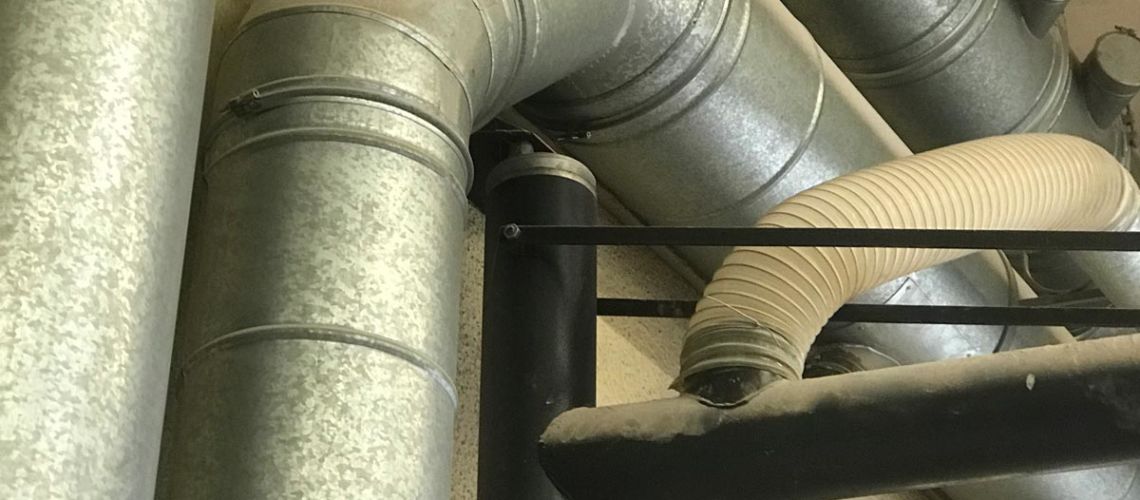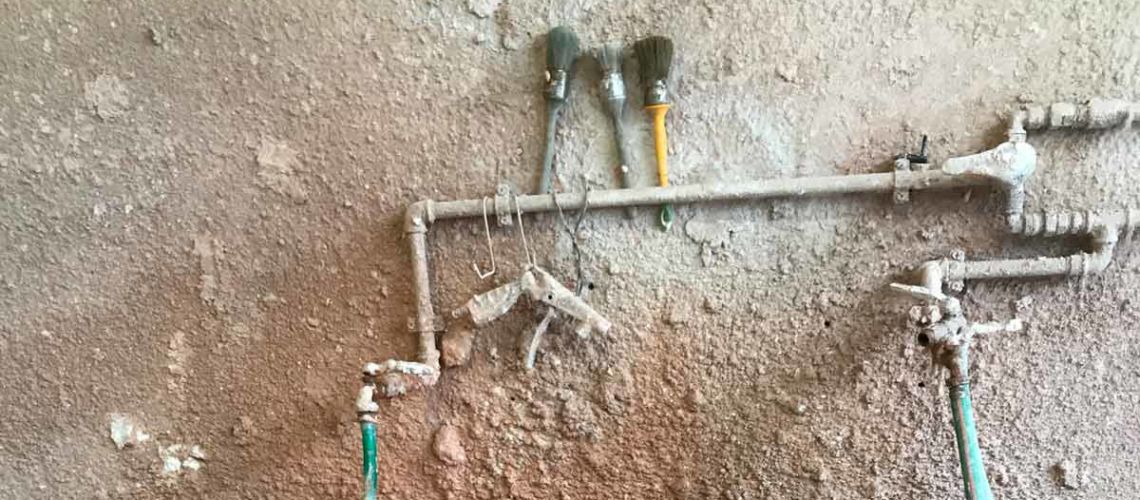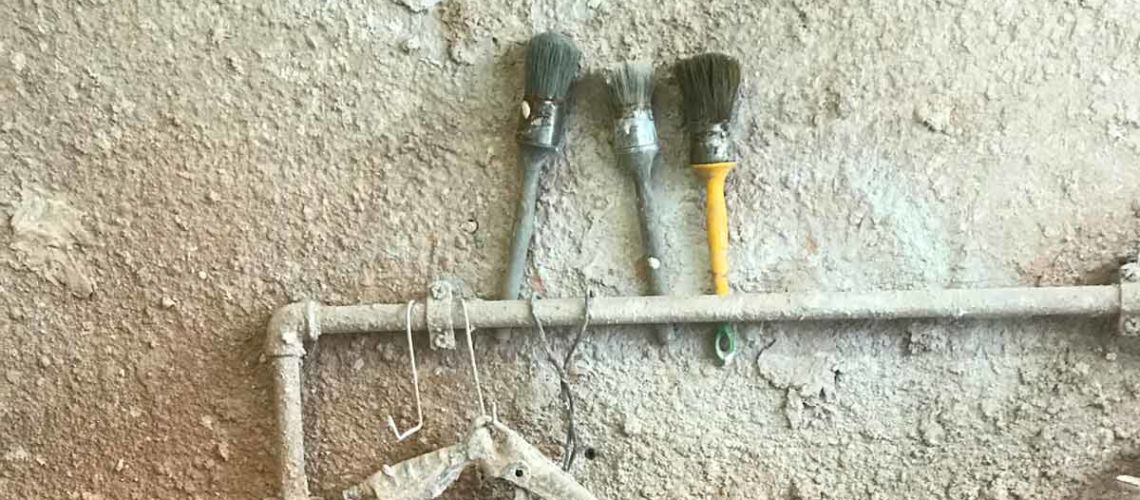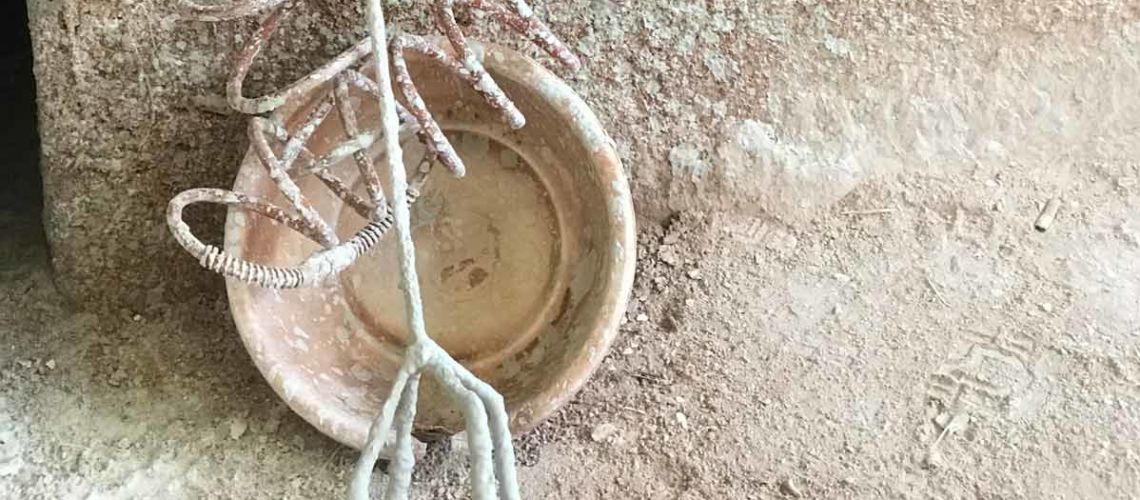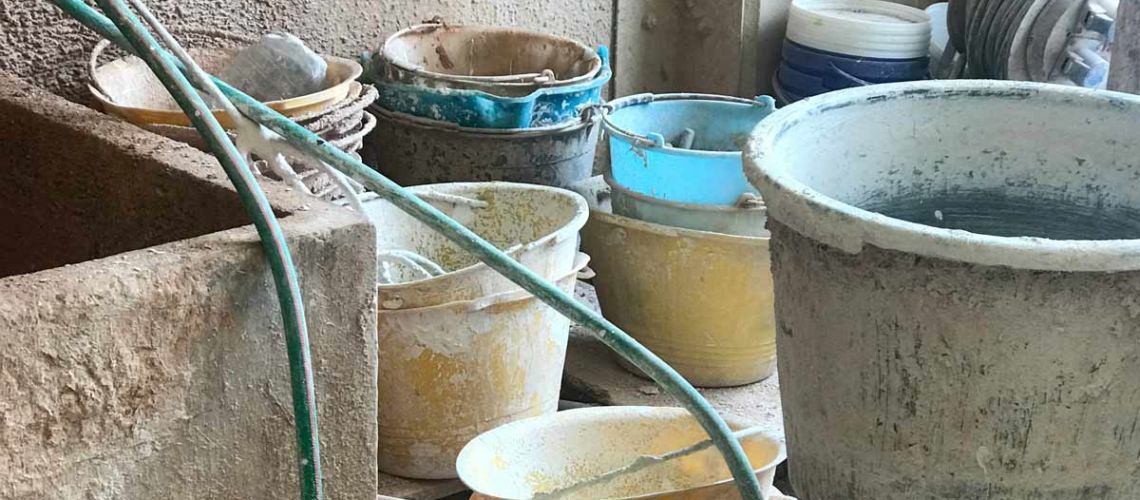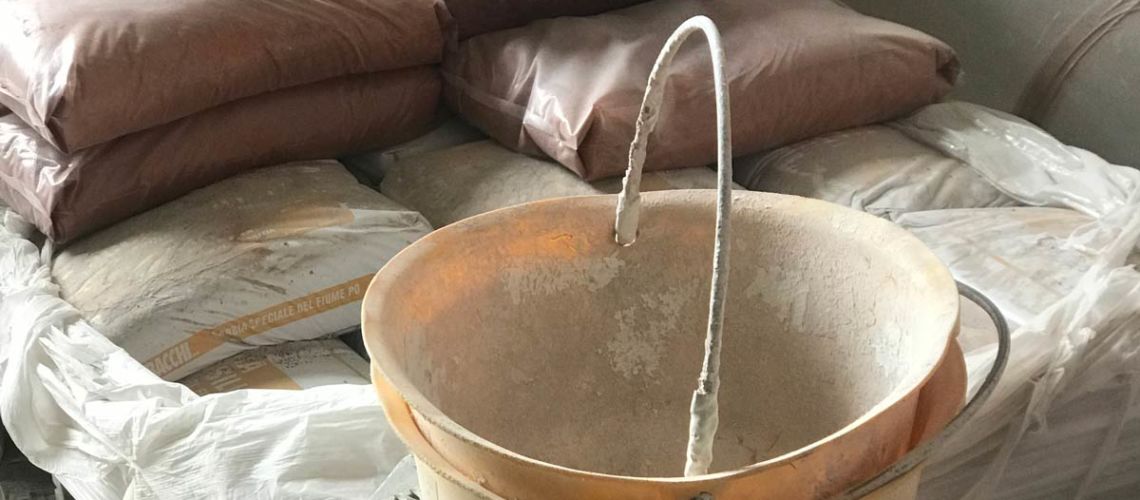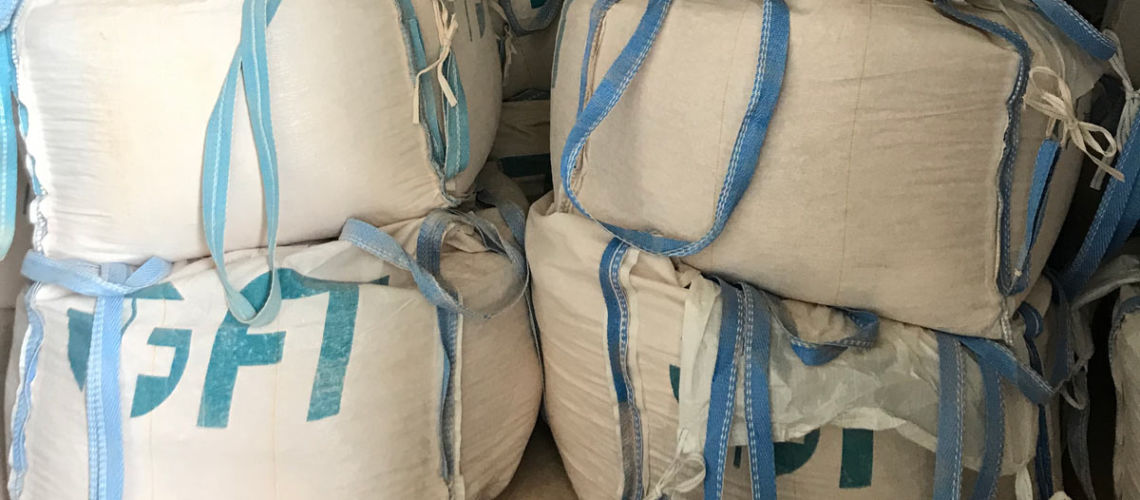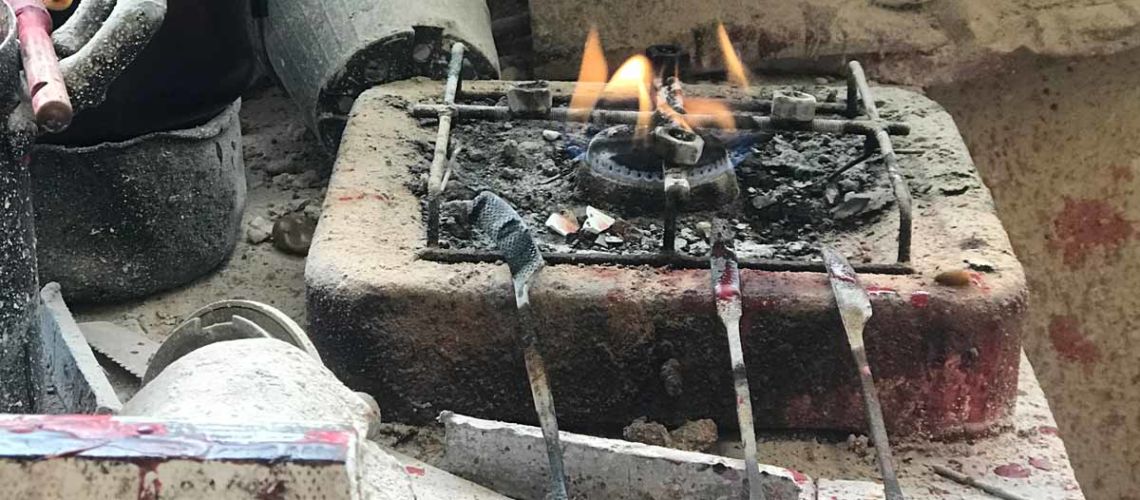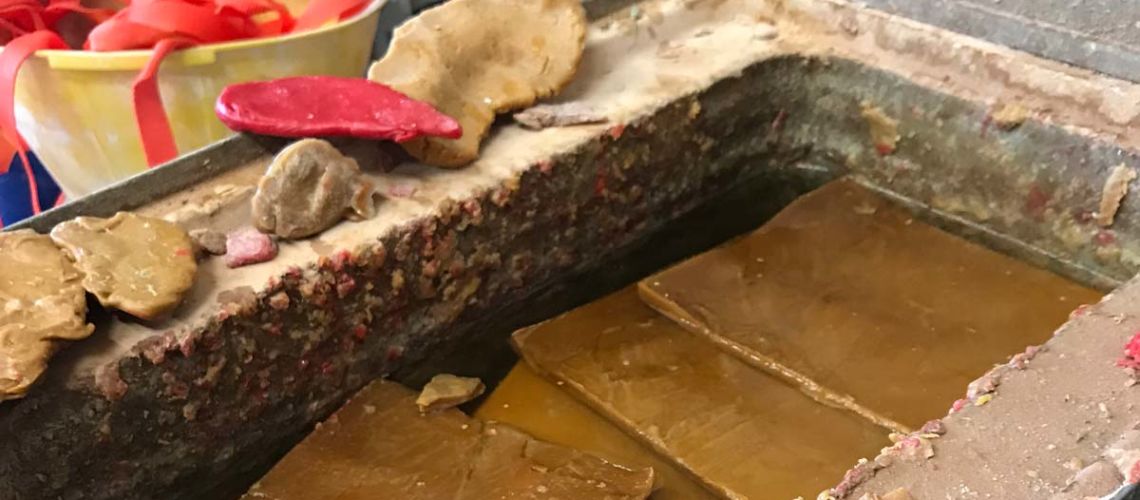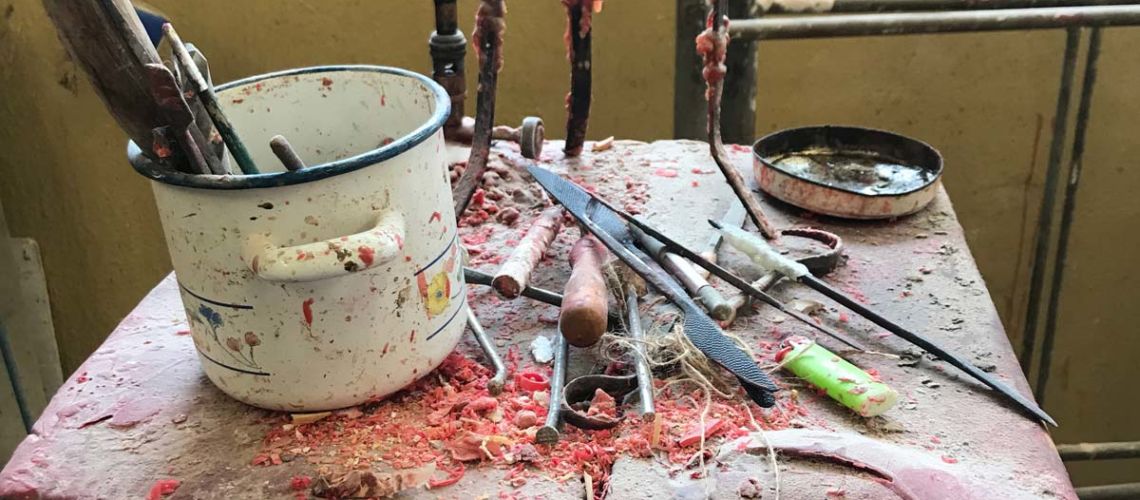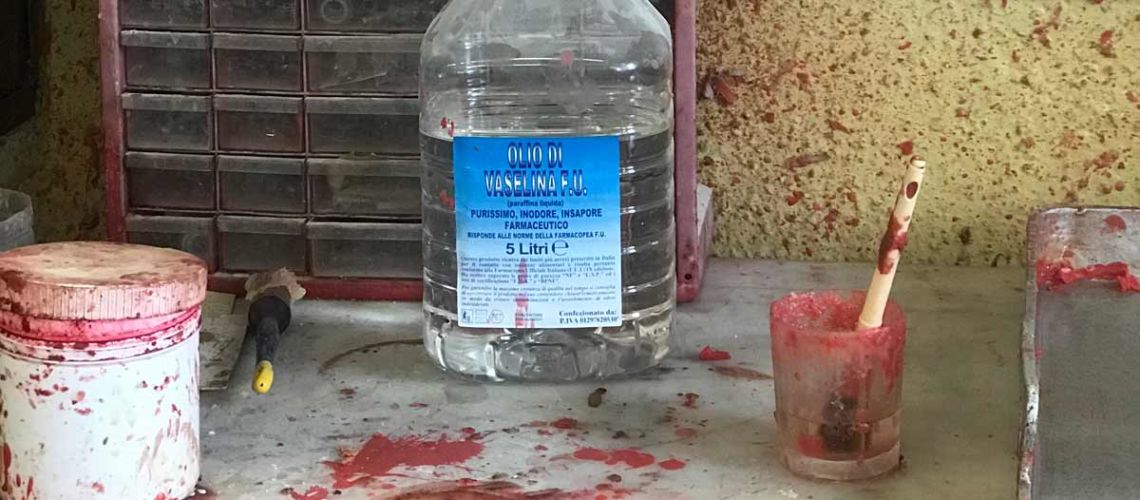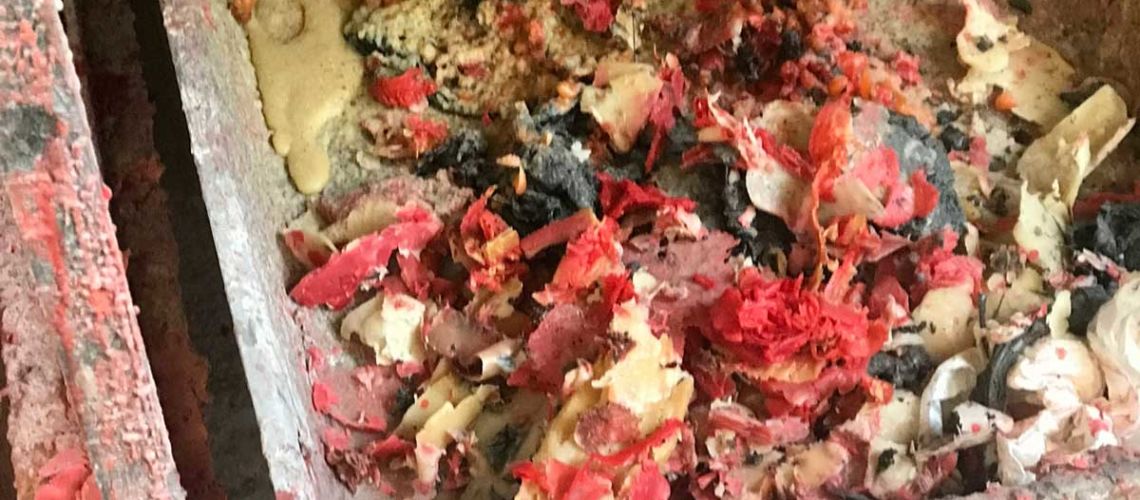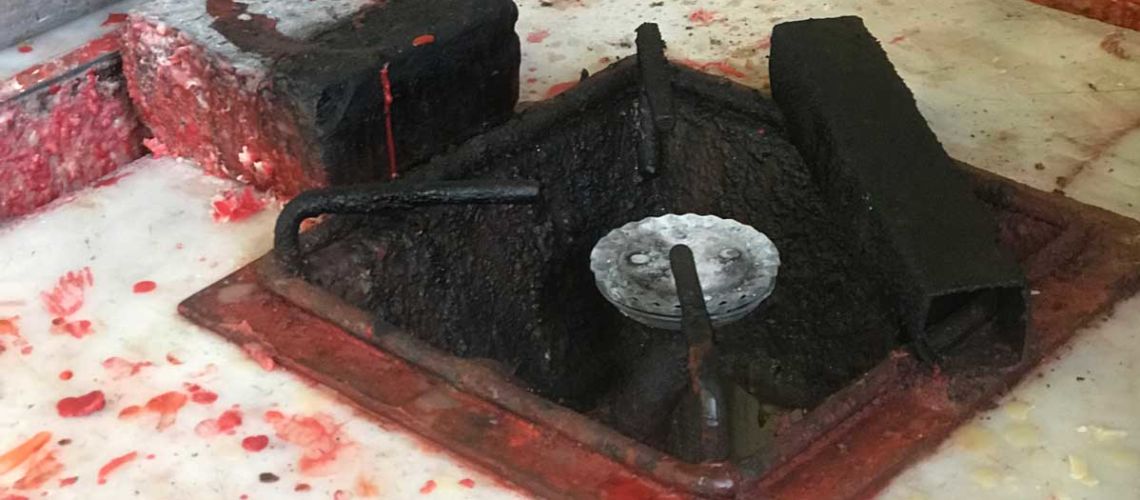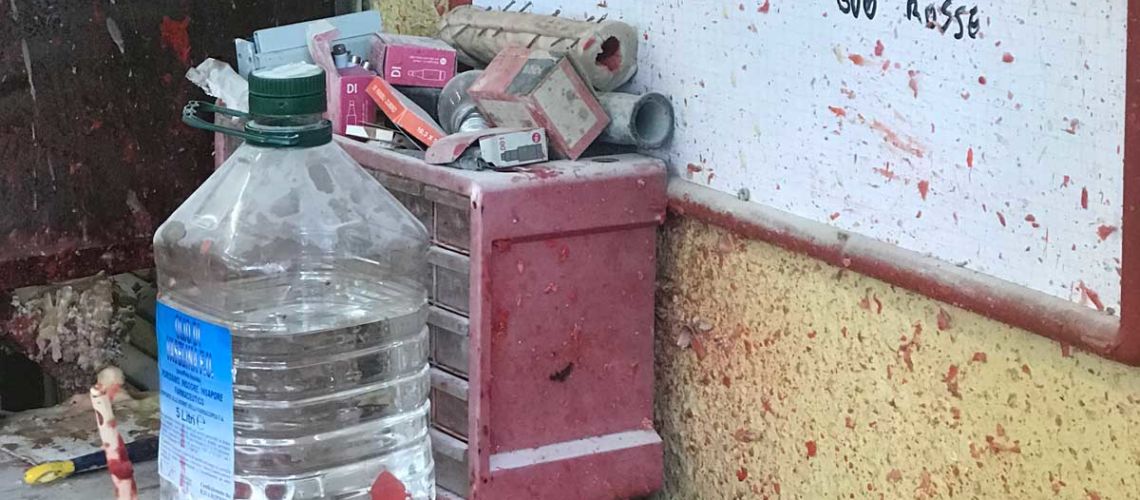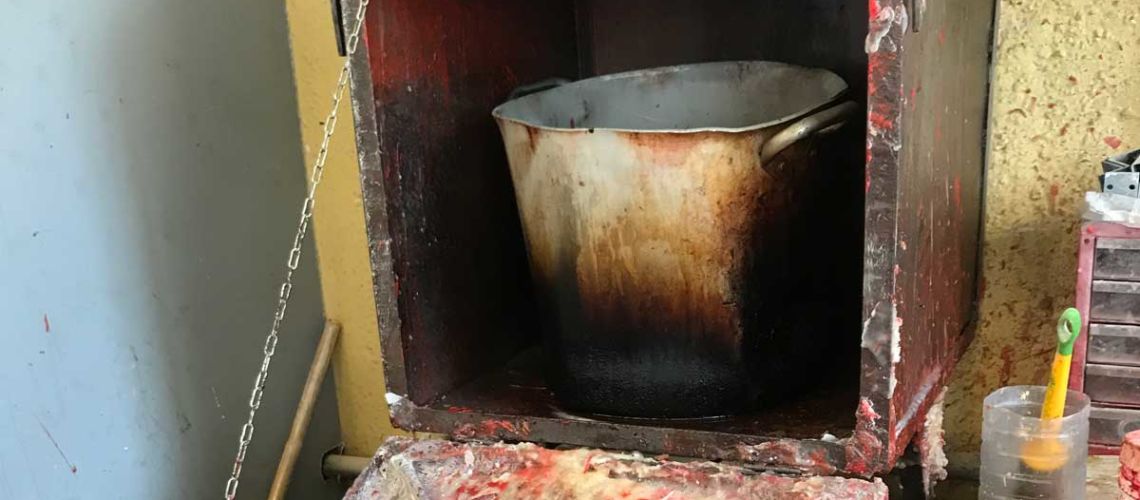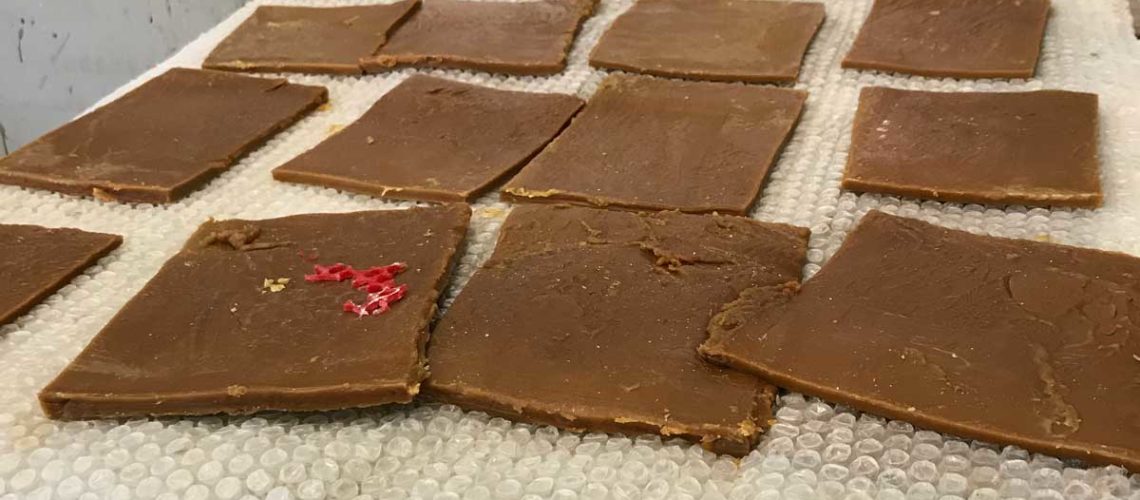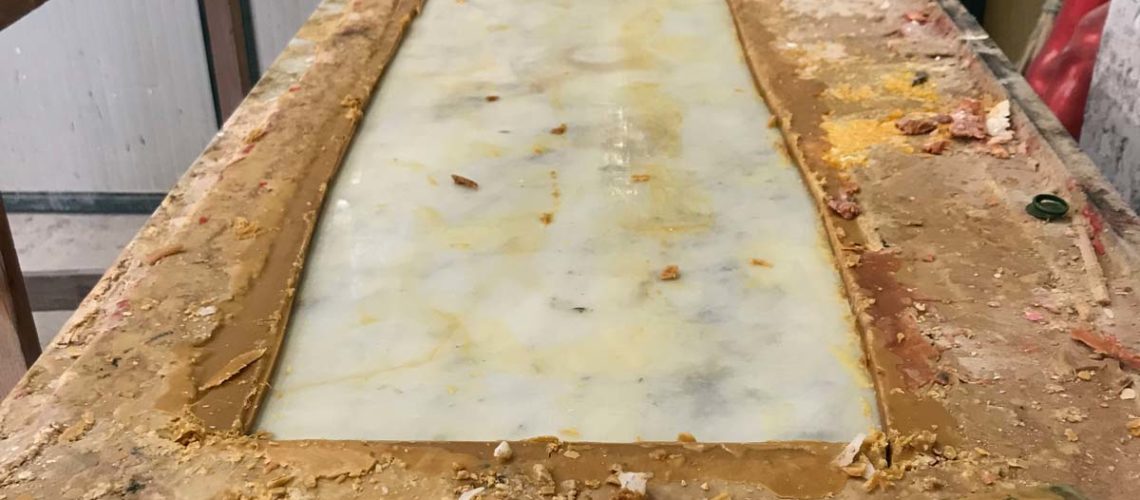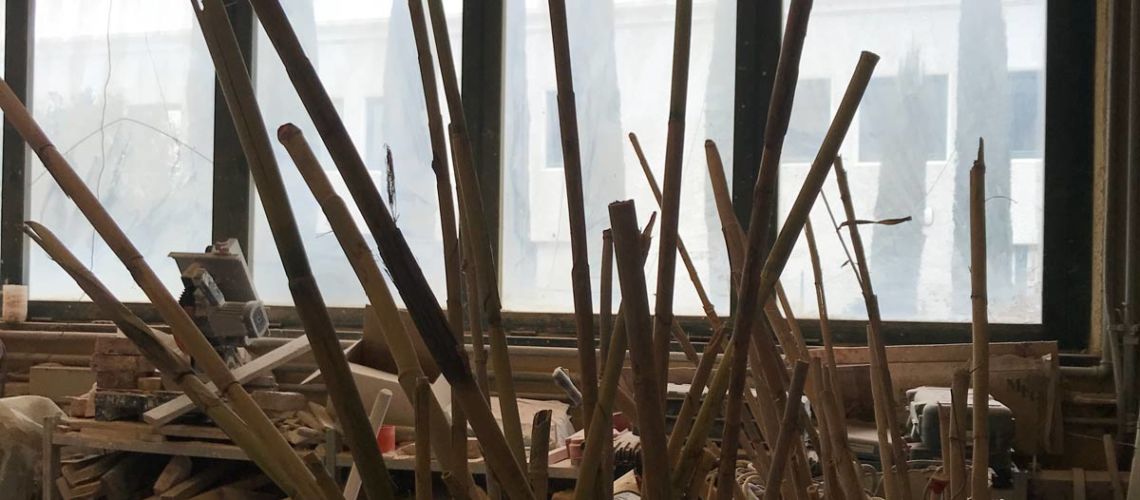Foundry, hidden aspects
The lost wax castings in bronze needs a long work of highly specialized craftsmen. This is especially true for the execution of replicas of the major masterpieces of art. When a bronze sculpture comes out of the foundry, it has a beautiful patina, shiny, clean, charming. But the work that leads from the mold to the finished sculpture is performed in disordered and dusty spaces and areas, stained with wax and other materials, as happens in all the artisan shops. If we want, quite dirty, perhaps of an “artistic” dirt, but still dirty. The thin dirt, the dust, is captured by the aspirators that are everywhere; the heaviest and sticky dirt remains.
In the Marinelli Foundry, as in any lost wax artistic foundry, there are areas, details, objects that normally do not appear in the images, but which also represent the preparatory work for the bronze castings. Recently an artist who uses photography as a means of expression has come to visit us in the Foundry, asking to take pictures of precisely phases and work areas. She made hundreds of shots, choosing some that she kindly gave us, and that we propose in this blog.
The sink in the area where the refractory material, called “loto”, is kneaded to cover the waxes.
Related to the “loto” are also two other images: the bags of powder of ground brick and the buckets also used in a thousand other crafts, and large bags in which the ground lotus is stored to be reused.
A greater quantity of photographic shots was made for the department in which the waxes are performed and then retouched.
Once the waxes have been made and retouched, before being coated with the “loto”, they need to be surrounded by a network of channels that will serve to bring the melted bronze in every part, which are executed with simple river pipes.
The artist has asked us the permission of coming again in the Foundry to shoot the work (and dirt!) on the bronze.

